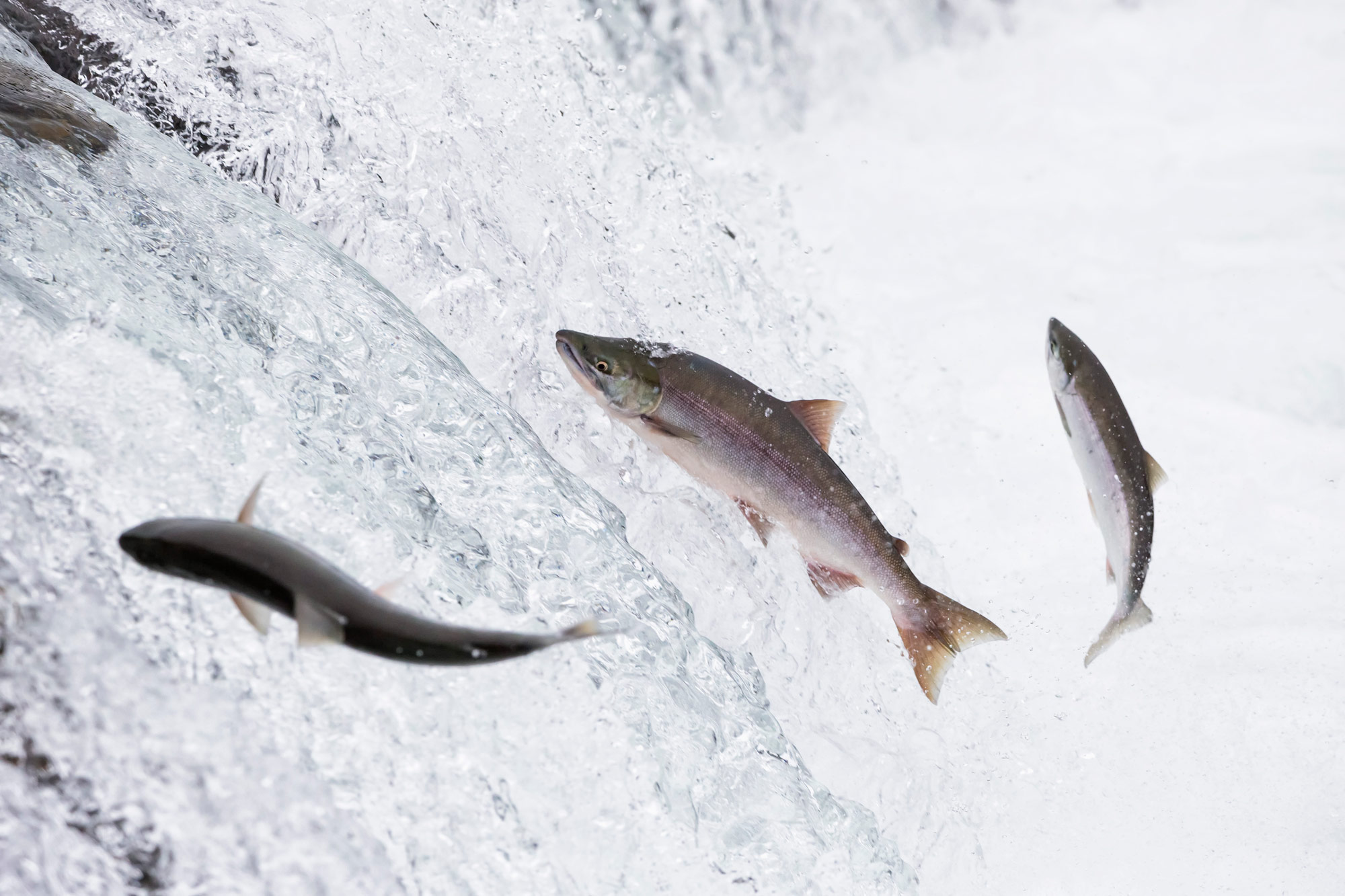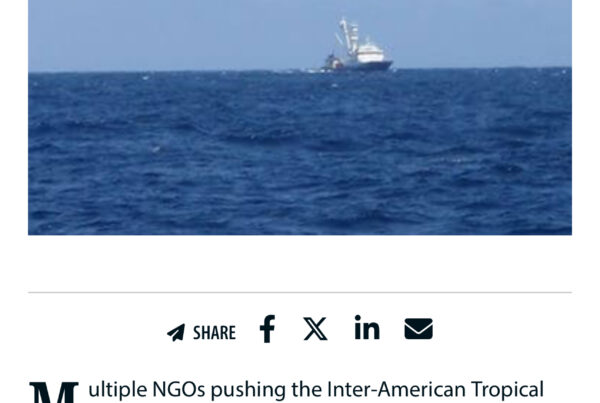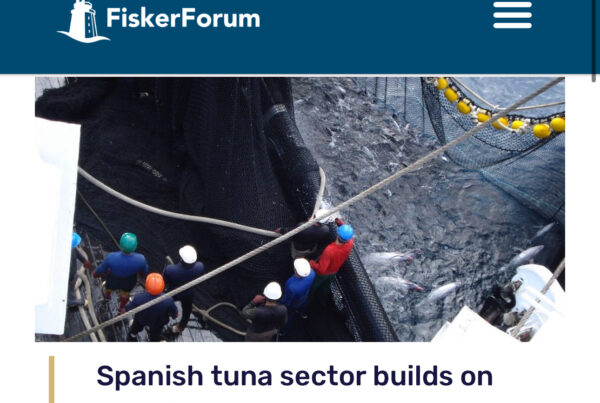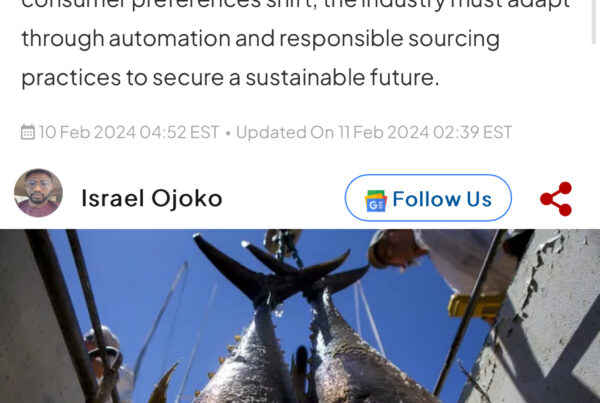Highlights
World Fish Migration Day 2022
May 21 is World Fish Migration Day—a global celebration to raise awareness of the importance of free-flowing rivers and migratory fish. Take a look at these features to learn how we work to address barriers to fish migration.
Webinar: Public Comment on Draft Equity and Environmental Justice Strategy
NOAA Fisheries shared the first-ever draft Equity and Environmental Justice Strategy and invited public comments through August 19. In addition to accepting written comments, we will host four webinars on the strategy, where comments will be accepted. The first webinar will be on Tuesday, May 24, at 4pm.
Celebrate Asian American and Pacific Islander Heritage Month
To celebrate Asian American and Pacific Islander Heritage Month, we are highlighting some of our colleagues who contribute to NOAA Fisheries’ core missions every day. Learn more about their career journeys, why they became scientists, their day-to-day jobs, and what this special month means to them.
NOAA Releases Two Key Reports, Status of Stocks and Fisheries of the United States
U.S. fisheries held steady in 2021, with more than 90 percent of stocks not subject to overfishing and 80 percent not overfished. U.S. commercial fishermen landed 8.4 billion pounds valued at $4.7 billion, while recreational anglers caught an estimated 1 billion fish and released 65 percent of those caught.
Alaska
Smaller Female North Atlantic Right Whales Have Fewer Calves: Declining Body Size May Contribute to Low Birth Rates
The declining body size of North Atlantic right whales may have critical consequences for the future of the species. New research shows that smaller females produce fewer calves.
West Coast
An Isolated Population of Antarctic Fur Seals Could Save the Species, but They’re Disappearing
Research biologist Douglas Krause has studied fur seals in Antarctica for more than 20 years. As leader of pinniped studies in the Antarctic Ecosystem Research Division at NOAA Fisheries Southwest Fisheries Science Center, he and many colleagues thought that climate change would help this species flourish. The opposite turned out to be true.
Pacific Islands
Report from the Pacific Seas
In March, the Rainier Integrates Charting, Hydrography, and Reef Demographics mission aboard the NOAA Ship Rainier kicked off its first leg. In this mission, scientists with different backgrounds share the goals of measuring water depths, mapping the seafloor, and gathering information on coral reef habitats. The data will support efforts in the region, including the National Coral Reef Monitoring Program’s long-term coral reef monitoring and nautical charts.
Southeast
Bottlenose Dolphins Along the East Coast Proposed to be a Different Species
A recent collaborative study proposed, after nearly a decade of research, that common bottlenose dolphins inhabiting nearshore coastal and estuarine waters between New York and Florida are likely a separate species from their offshore counterparts. The authors found that they are more closely related to other coastal populations in the Caribbean and Gulf of Mexico than to their neighboring offshore common bottlenose dolphins.
Fish Passage Inspired by Nature on the Cape Fear River, North Carolina
Cape Fear River Watch and partners have just completed modifications to the nature-like fishway at Lock and Dam Number 1. The modifications will improve fish passage for migratory fish that use the river as nursery habitat. NOAA’s Southeast Habitat Conservation Division, an active partner of the Cape Fear River Watch, provided expertise and review throughout the project.
Sperm Whale Dies Off Florida Keys
fisherman reported an out-of-habitat, live, adult sperm whale stranded in the shallows of Mud Keys, a group of islands just north of Key West. Soon after responders from NOAA’s Marine Mammal Stranding Network arrived on scene, the whale died on its own.
New England/Mid-Atlantic
Great Meadows Marsh Project Is Restoring Salt Marsh Habitat and Building Resilience in Coastal Connecticut
Restoration of nearly 40 acres of salt marsh and other coastal habitats will help Great Meadows Marsh in Long Island Sound respond to sea level rise. The effort is supported by funding from three pollution cases in Connecticut.



